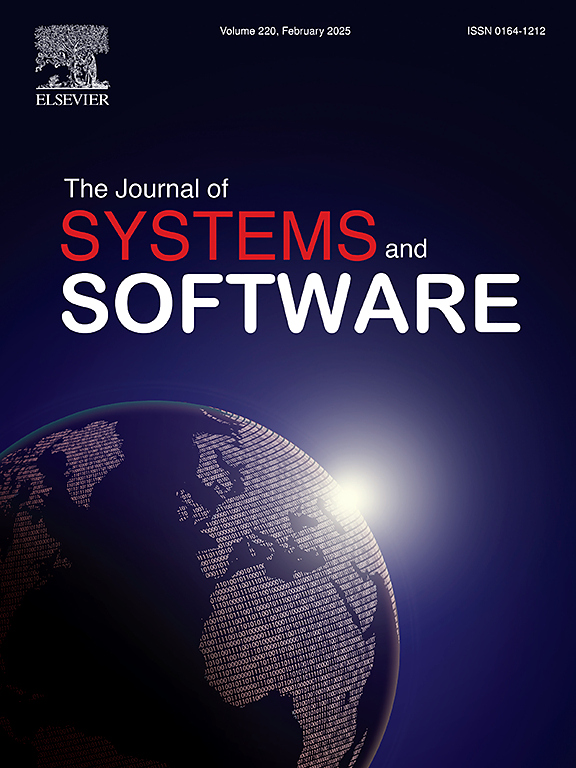Ranking approaches for similarity-based web element location
IF 3.7
2区 计算机科学
Q1 COMPUTER SCIENCE, SOFTWARE ENGINEERING
引用次数: 0
Abstract
Context:
GUI-based tests for web applications are frequently broken by fragility, i.e. regression tests fail due to changing properties of the web elements. The most influential factor for fragility are the locators used in the scripts, i.e. the means of identifying the elements of the GUI.
Objective:
We extend a state-of-the-art Multi-Locator solution that considers 14 locators from the DOM model of a web application, and identifies overlapping nodes in the DOM tree (VON-Similo). We augment the approach with standard Machine Learning and Learning to Rank (LTR) approaches to aid the location of web elements.
Method:
We document an experiment with a ground truth of 1163 web element pairs, taken from different releases of 40 web applications, to compare the robustness of the algorithms to locator weight change, and the performance of LTR approaches in terms of MeanRank and PctAtN.
Results:
Using LTR algorithms, we obtain a maximum probability of finding the correct target at the first position of 88.4% (lowest 82.57%), and among the first three positions of 94.79% (lowest 91.86%). The best mean rank of the correct candidate is 1.57.
Conclusion:
The similarity-based approach proved to be highly dependable in the context of web application testing, where a low percentage of matching errors can still be accepted.
求助全文
约1分钟内获得全文
求助全文
来源期刊

Journal of Systems and Software
工程技术-计算机:理论方法
CiteScore
8.60
自引率
5.70%
发文量
193
审稿时长
16 weeks
期刊介绍:
The Journal of Systems and Software publishes papers covering all aspects of software engineering and related hardware-software-systems issues. All articles should include a validation of the idea presented, e.g. through case studies, experiments, or systematic comparisons with other approaches already in practice. Topics of interest include, but are not limited to:
•Methods and tools for, and empirical studies on, software requirements, design, architecture, verification and validation, maintenance and evolution
•Agile, model-driven, service-oriented, open source and global software development
•Approaches for mobile, multiprocessing, real-time, distributed, cloud-based, dependable and virtualized systems
•Human factors and management concerns of software development
•Data management and big data issues of software systems
•Metrics and evaluation, data mining of software development resources
•Business and economic aspects of software development processes
The journal welcomes state-of-the-art surveys and reports of practical experience for all of these topics.
 求助内容:
求助内容: 应助结果提醒方式:
应助结果提醒方式:


